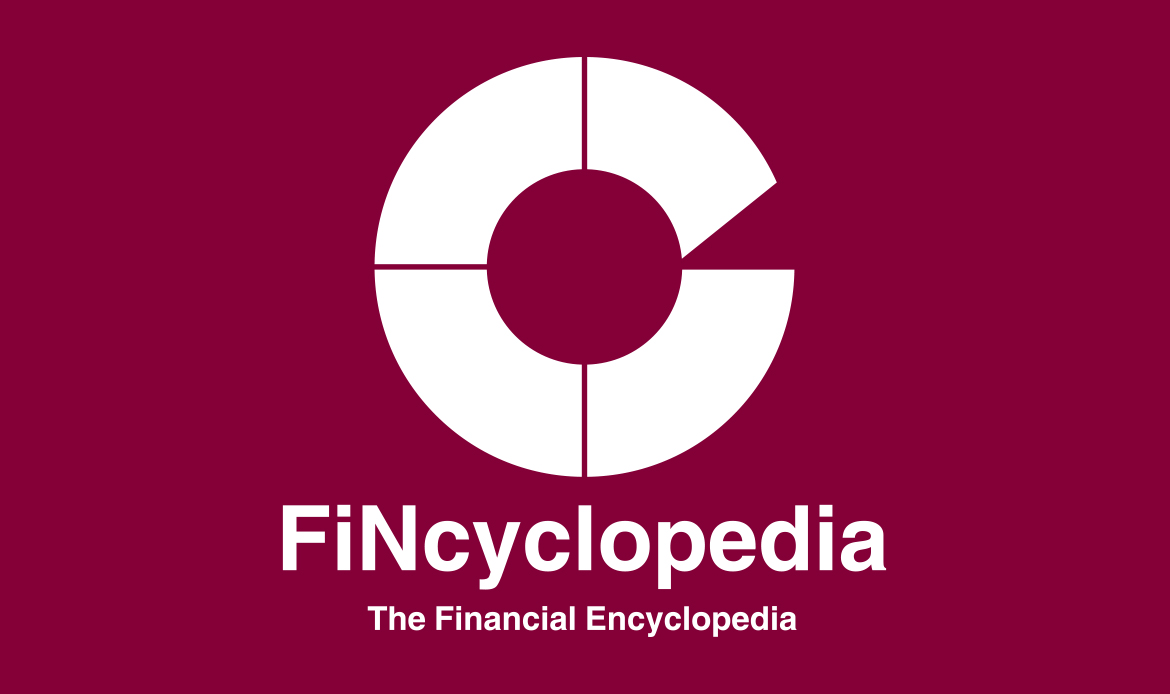With respect to convertible bonds, it is the principal amount divided by the bond’s conversion ratio, which is actually the price paid for each underlying share upon exercising the right of conversion by a bondholder, assuming the bond principal is used to pay for the shares received. The conversion price is the strike price of the embedded option. For example, a bond with a part value of USD1,000, convertible at a conversion ratio of 10, will have a strike price of USD100 (knowingly that the strike price= bond par value/conversion ratio). A company will usually issue its convertible bond deep out-of-the-money, i.e., at a price way less than the strike price (say USD 60). After issuance, when the share price goes up beyond the strike price (e.g. becoming USD115), the bondholder can convert its bonds into shares for a certain profit of:
(current share price – strike price) x conversion ratio = (115 – 100) x 10 = USD 150.







